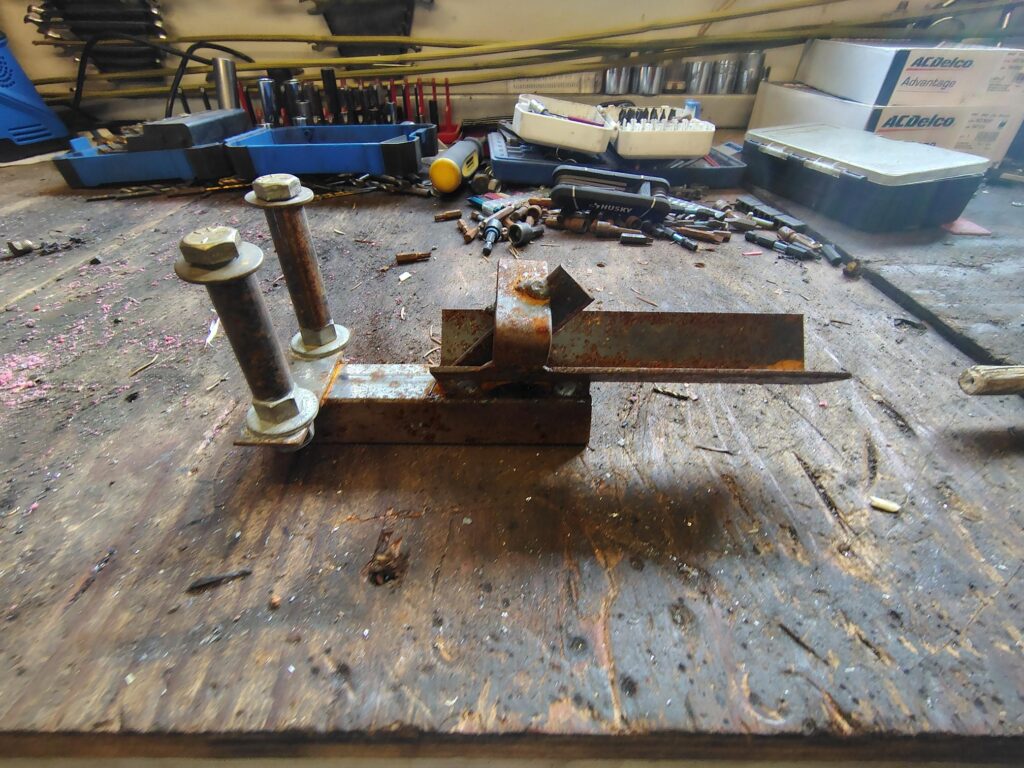
From Wasted Crop to Family Legacy
It was 4:30 AM when Mike Colter’s phone rang.
“Dad, come quick. The processor just called. They’re shutting down operations.”
Mike’s stomach dropped. His 12-acre hemp crop—harvested just yesterday—had nowhere to go. The regional processor had equipment failure and a 3-month backlog.
However, by sunrise, Mike faced a brutal choice: watch $40,000 worth of hemp rot in his barn or find another way.
“That morning changed everything,” Mike told me last month at a farm show in Kentucky. “I was standing there looking at my son, thinking about how I’d just convinced him to join the family farm instead of taking that job in the city.”
Mike pulled out his phone and showed me a picture. It was a small, odd-looking device—about the size of a bread maker—sitting on his workbench.
“This little thing saved our farm.”
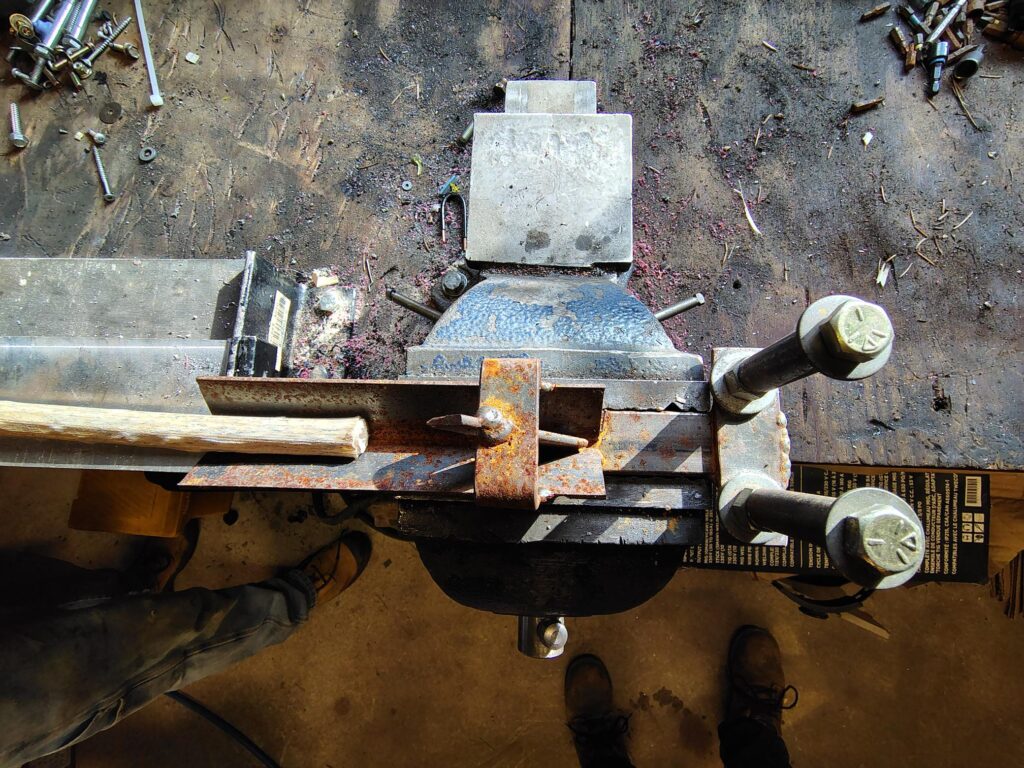
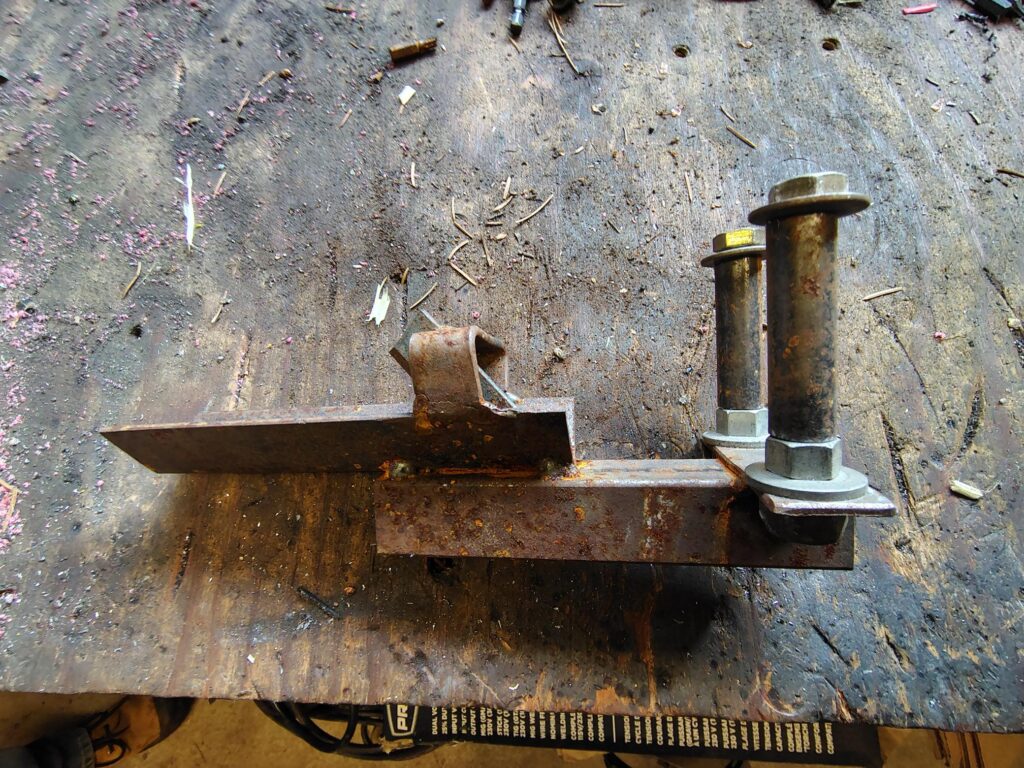
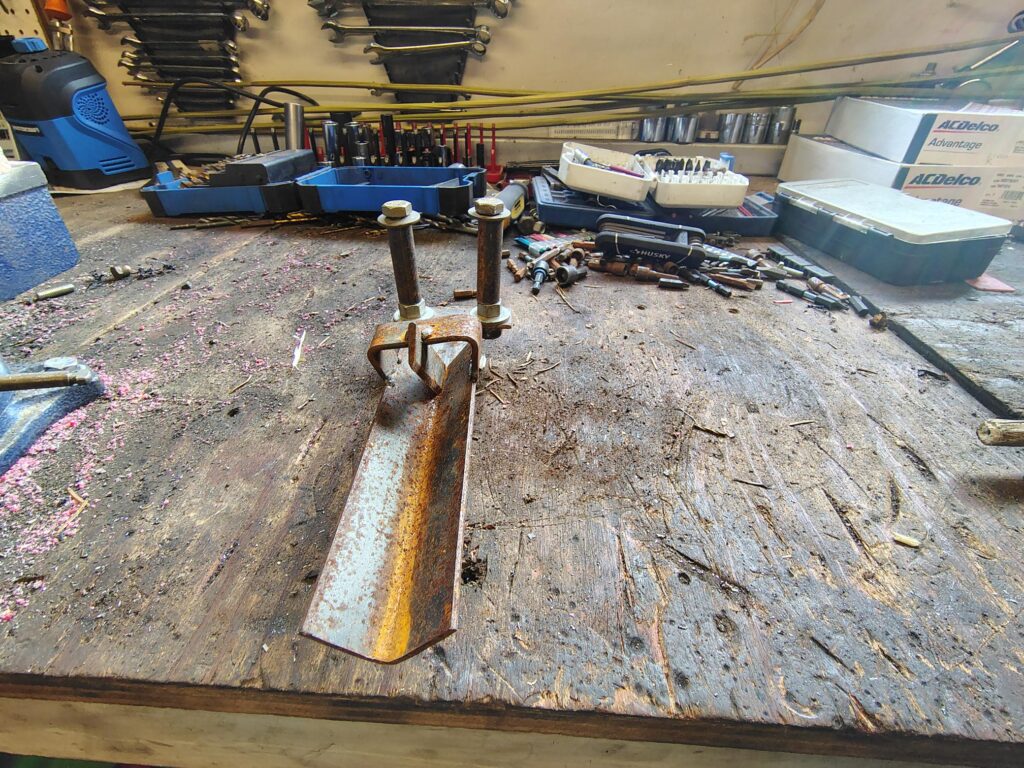
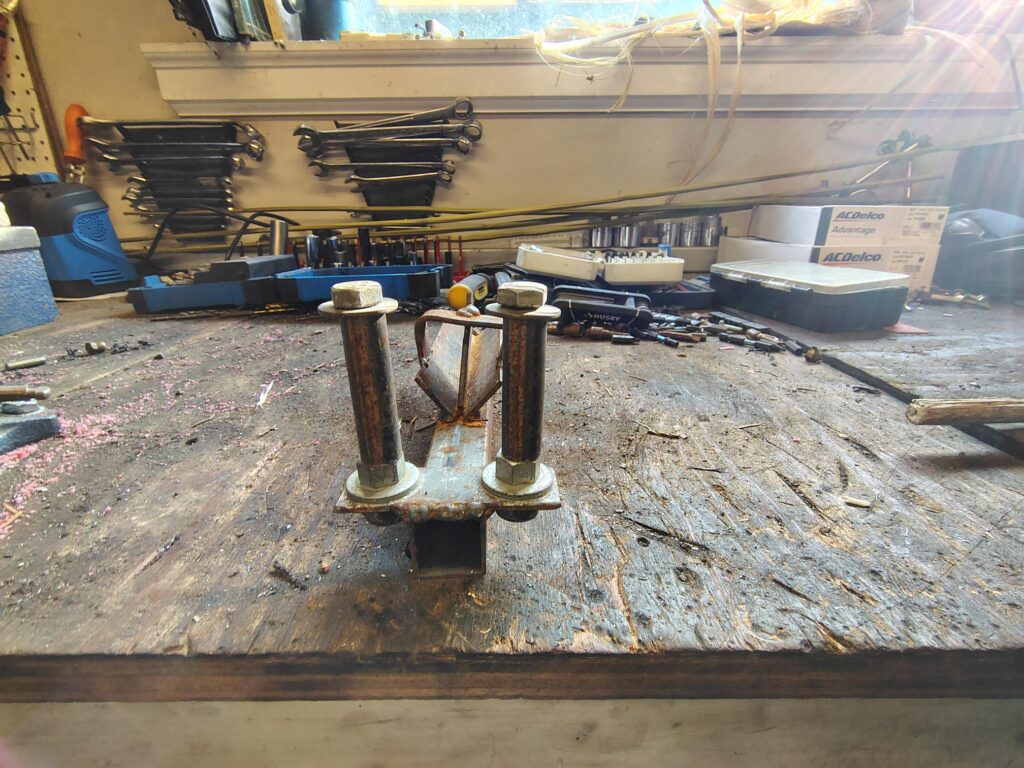

The Big Shift No One Saw Coming
The hemp industry has a processing problem.
The numbers tell the story:
- 78% of small hemp farmers (under 20 acres) report processing access as their #1 challenge.
- Average distance to nearest hemp processor: 187 miles.
- Processing bottlenecks cause an estimated 31% of harvested hemp to go to waste annually.
- Small-batch processing fees range from $3 to $8 per pound, eating up to 40% of potential profits.
But something remarkable is happening on farms across the world.
Farmers are taking hemp processing into their hands—literally. The answer? Decortication.
From Industrial Giants to Tabletop Solutions
For decades, hemp processing meant massive industrial decorticators, machines the size of combines that cost hundreds of thousands of dollars.
Not anymore.
Today’s farmer-led innovation movement has created something new: handheld decorticating devices that cost less than a decent laptop.
“Big Ag often tries to make us believe we need giant, expensive equipment,” says Elaine Harrison, who grows 8 acres of hemp in Colorado. “But the best solutions are always simple and small.”
Meanwhile, Mike Colter chose the middle option. “We built our first handheld decorticator from plans we found online for about $30 in parts. It processes 1000-1200 stalks per hour. That’s crazy fast, and it kept our crop from rotting.”
What Farmers Are Actually Doing With These Tools
Here’s where the story gets interesting…
Handheld decortication isn’t just saving crops—it’s creating entire new business models.
Let me walk you through what’s happening:
- Direct-to-Market Sales
Instead of selling raw hemp, farmers process their own fiber and hurd, commanding 2-4x higher prices by selling directly to end users. - Community Processing Hubs
Farmers like Sarah Johnson in Oregon built four units and now process hemp for eight neighboring farms. “It’s become a side business that pays more than growing,” she says. - Small-Batch Specialty Products
The Carlton family in Vermont uses their decorticator to process small batches of specialty hemp varieties for high-end textile makers who pay premium prices. - Mobile Processing Services
The Peterson brothers built their decorticator on a trailer and travel to farms within a 50-mile radius, charging half what commercial processors do.
“Having processing capability changes your whole mindset,” explains Tom Wilson, who farms 15 acres in Michigan. “Suddenly you’re thinking like a business owner, not just a grower.”
The Real Freedom: Being Processing Independent
Let me be blunt about something…
The old model of depending on big, centralized processors keeps farmers vulnerable.
When one of the largest hemp processors in the US suddenly doubled their rates last year, hundreds of farmers were caught with nowhere to go. Many lost their entire crops.
But not Dave Simmons.
“I’d built my decorticator the previous winter,” he told me. “Everyone thought I was crazy to spend the money when processing was so cheap. Then prices doubled overnight, and I was the only guy in three counties who could still turn a profit.”
This kind of independence that decortication provides is everything.
- No rush to harvest based on processor schedules
- Freedom to grow varieties that big processors won’t accept
- Ability to weather market disruptions
- Option to store processed material rather than raw crop
As Kentucky farmer Jason Miller puts it, “There’s nothing like knowing you control your destiny.”
The Science Is Simpler Than You’d Think
Now, I need to clear up a common myth…
Many farmers believe decortication requires complex technology and engineering know-how.
But that’s what big equipment companies want you to think.
However, the truth is that the basic science behind decortication is surprisingly simple:
- Breaking the outer layer of the stalk (breaking phase)
- Separating the fiber from the woody core (scutching phase)
- Cleaning the fiber (hackling phase)
“When I first saw the plans, I thought it was a joke,” says Minnesota farmer Dan Peterson. “The mechanical principle is basically the same as an old-fashioned clothes wringer with some added breaking pins. I built mine in a weekend with parts from the hardware store.”
Hempower’s Approach: Tools Not Talk
At Hempower, we believe in putting solutions directly in farmers’ hands.
That’s why we developed our Hand-held Hemp Decorticator Plans—complete blueprints that let any farmer build their own processing equipment for under $50.
We’re not interested in selling you expensive machinery. We want to give you the knowledge to build exactly what you need.
Our plans include
- Complete parts list with alternative options
- Step-by-step assembly instructions
- Maintenance guidelines
- Processing technique guides
“What impressed me most was how the framework was written, based on your budget and skills,” says Ohio farmer Rachel Williams. “I’m not great with tools, so I followed their DIY plans and still got amazing results.”
From One Farm to a Movement
The handheld decorticator movement is growing faster than anyone predicted.
It isn’t just about saving money. However, it’s about changing the fundamental power structure of hemp farming.
“Big Ag has always followed the same playbook,” explains agricultural economist Dr. Maria Lopez. “Make farmers dependent on centralized services, then gradually increase prices once they have no alternatives. These small-scale processing tools disrupt that entire model.”
Your Next Steps
The beauty of handheld decortication is that you can start small and grow.
Many farmers built theirs with the crudest of materials to test the concept. Once they see the results, they upgrade to better models or build multiple units.
“Start with processing just enough for direct sales at your local farmers market,” suggests Iowa hemp grower Steve Peters. “The premium prices will quickly pay for your equipment, and then you can scale up from there.”
Some practical first steps:
- Connect with other growers who’ve built their own units
- Calculate your current processing costs to see your potential savings
- Consider starting with a manual unit to learn the basics
- Join online communities where farmers share tips and improvements
Remember Mike Colter from the beginning of this story? His $30 DIY decorticator saved his farm in that first emergency. Today, he operates six units and processes hemp for 12 neighboring farms.
“The best decision isn’t always the biggest or most expensive,” Mike told me. “Sometimes it’s just taking that first step toward controlling your future.”
In conclusion, what would you do with hemp processing power in your hands?

Good https://shorturl.at/2breu